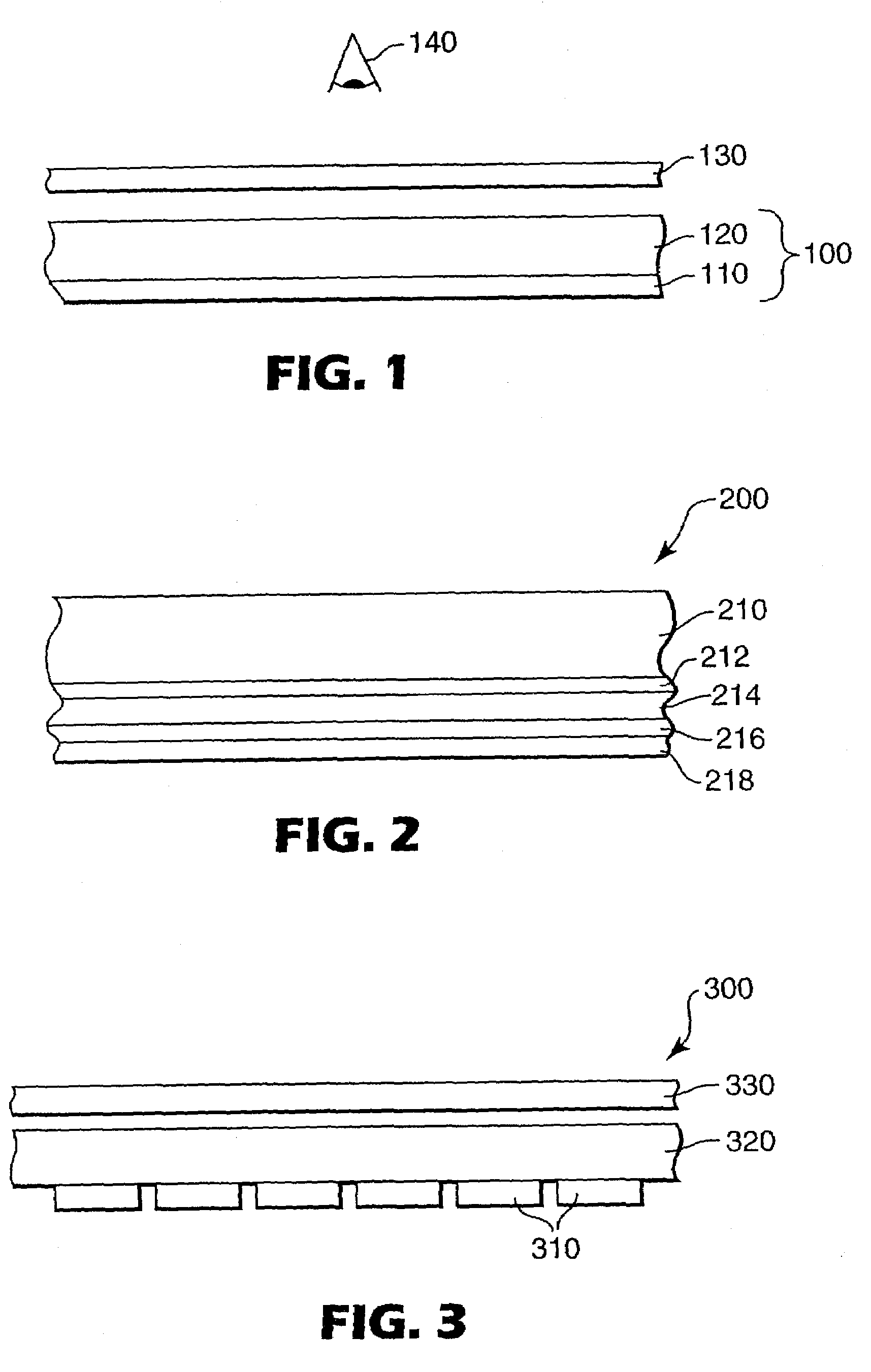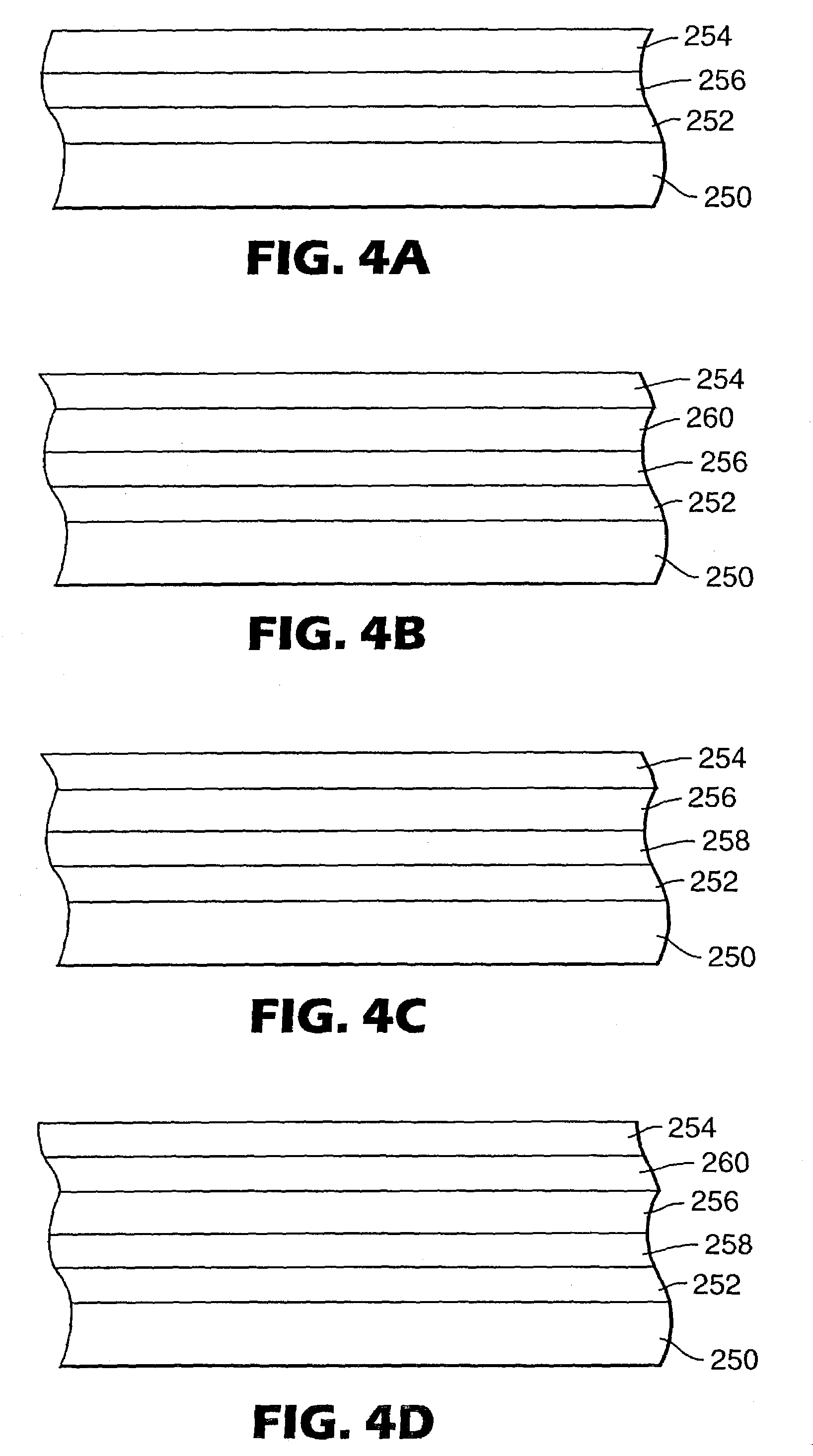Electron transport agents for organic electronic devices
a technology of electronic devices and electron transport agents, which is applied in the direction of discharge tubes/lamp details, organic compounds of group 4/14 elements, natural mineral layered products, etc., can solve the problems of extremely short operating lifetime of devices based on these materials, and exhibit short operating lifetimes
- Summary
- Abstract
- Description
- Claims
- Application Information
AI Technical Summary
Benefits of technology
Problems solved by technology
Method used
Image
Examples
example 1
Synthesis of 2-(2,5-Dichlorophenyl)-5-[4-(octyloxy)phenyl]-1,3,4-oxadiazole
[0292]
Part A: Synthesis of Methyl 4-octoxybenzoate
[0293]Into a flask was introduced 251.0 g (1.65 mol) of methyl 4-hydroxybenzoate, 276.37 g (1.99 mol) potassium carbonate and 1200 g of acetone. This was refluxed for 45 min followed by the dropwise addition of 386.17 g (1.99 mol ) of 1-octylbromide over a 1 hour period. The reaction mixture was refluxed for two days. Filtration of the cooled reaction mixture and evaporation of the filtrate gave an oil. This was taken up in ethyl acetate and extracted with 5% NaOH (2×100 ml) followed by water (2×100 ml). The organic layer was dried (MgSO4), concentrated, and transferred to a 1 L three necked flask. The contents of the flask was subjected to high vacuum distillation to remove the excess 1-octylbromide. The pot residue was essentially pure methyl 4-octoxybenzoate (376 g, 86%).
Part B: Synthesis of 4-Octoxybenzoyl Hydrazide
[0294]To the contents of the flask from P...
example 2
Synthesis of 2-(4-tert-butylphenyl)-5-(2,5-dichlorophenyl)-1,3,4-oxadiazole
[0298]
Part A: Synthesis of N-(4-tert-Butylbenzoyl)-2,5-dichlorobenzohydrazide
[0299]4-tert-Butylbenzoyl hydrazide (185 g, 0.96 mol) and triethylamine (97.37 g, 0.96 mol) freshly distilled from calcium hydride were added to 4 L of dichloromethane in a 10 L flask. To this was added with mechanical stirring 201.5 g of 2,4-dichlorobenzoyl chloride. No precipitation of the product was observed after three hours and the reaction was allowed to stir at room temperature until the next day. The product was precipitated by the addition of 4 L hexane. Filtration, hexane washing and drying at 80° C. in a forced air oven gave the product in 99% yield.
Part B: Synthesis of 2-(4-tert-butylphenyl)-5-(2,5-dichlorophenyl)-1,3,4-oxadiazole
[0300]Into a 2 L flask was introduced 200 g N-(4-tert-butylbenzoyl)-2,5-dichlorobenzohydrazide (0.55 mol) and 1378 ml phosphorus oxychloride (2267 g, 14.78 mol). This was refluxed for 8 hrs and ...
example 3
Synthesis of 2-(2,5-Dibromophenyl)-5-[4-(octyloxy)phenyl]1,3,4-oxadiazole
[0301]This example describes the synthesis of 2-(2,5-dibromophenyl)-5-[4-(octyloxy)phenyl]1,3,4-oxadiazole and also provides a general method for preparing a range of useful aryl oxadiazole dibromide intermediates useful in Suzuki coupling reactions.
[0302]
Part A: Synthesis of 2,5-Dibromobenzoyl Chloride
[0303]By the general method of Part C of Example 1, the reaction of 50.0 g (0.1786 mol) 2,5-dibromobenzoic acid with 150 mL thionyl chloride gave after distillation 40 g of 2,5-dibromobenzoyl chloride.
Part B: Synthesis of 2,5-Dibromo-N′-[4-(octyloxy)benzoyl]benzohydrazide
[0304]By the general method of Part A, Example 2,2,5-dibromobenzoyl chloride (57.43 g, 0.11925 mol), 4-octoxybenzoyl hydrazide (50.88 g, 0.1925 mol), and triethylamine (27 ml, 19.48 g, 0.1925 mol) were reacted in 800 ml methylene chloride to give a product. Re-crystallization of the product from DMF / water gave 79.38 g (78% yield) 2,5-dibromo-N′-[...
PUM
| Property | Measurement | Unit |
|---|---|---|
| Time | aaaaa | aaaaa |
| Length | aaaaa | aaaaa |
| Angle | aaaaa | aaaaa |
Abstract
Description
Claims
Application Information
 Login to View More
Login to View More - R&D
- Intellectual Property
- Life Sciences
- Materials
- Tech Scout
- Unparalleled Data Quality
- Higher Quality Content
- 60% Fewer Hallucinations
Browse by: Latest US Patents, China's latest patents, Technical Efficacy Thesaurus, Application Domain, Technology Topic, Popular Technical Reports.
© 2025 PatSnap. All rights reserved.Legal|Privacy policy|Modern Slavery Act Transparency Statement|Sitemap|About US| Contact US: help@patsnap.com



